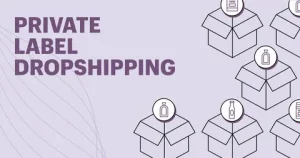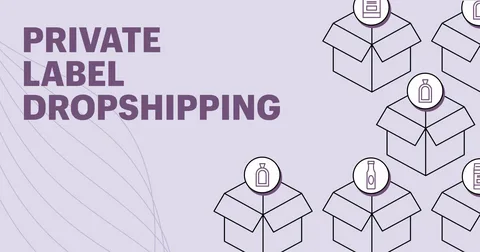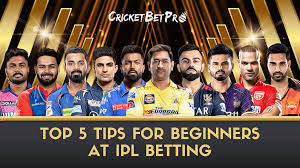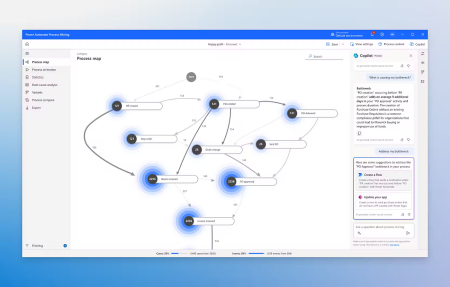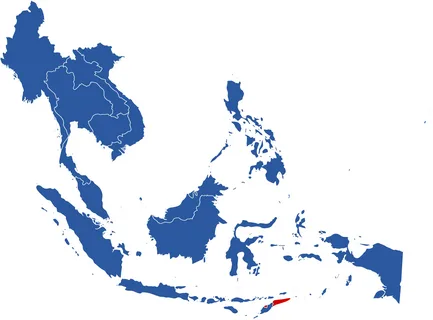For many e-commerce entrepreneurs, the journey begins with dropshipping—a low-risk, high-speed way to enter the market. But as a business matures and finds its footing, the very model that enabled its launch can begin to hinder its growth. The next logical step for ambitious founders is often private labeling, a strategic move that unlocks higher profit margins, creates a defensible market position, and, most importantly, provides the opportunity to build a powerful custom brand. This guide will provide a deep dive into the signs that you’re ready to make the switch and a clear, expanded roadmap for a successful transition.
The Dropshipping Starting Line: Your Launchpad
Dropshipping is an undeniably attractive model for a reason. It allows you to launch a store with minimal upfront investment, zero inventory risk, and a virtually unlimited catalog of products to test. You get to be the marketer, the curator, and the brand builder, while a third-party vendor handles the complexities of storage, packing, and shipping. It’s the ultimate lean startup approach to e-commerce.
However, this convenience is a double-edged sword, and its trade-offs become more apparent as you scale:
- Razor-Thin Profit Margins: You’re buying products at a reseller rate, which is significantly higher than a bulk manufacturing cost. After you pay for the product, shipping, and rising customer acquisition costs (like ads), the profit left over can be disappointingly small. A $30 sale might only net you $3-$5 in actual profit.
- Fierce, Undifferentiated Competition: You are often selling the exact same products, from the exact same suppliers, as dozens or even hundreds of other stores. This leads to a “race to the bottom” on price, where the only way to compete is to slash your already thin margins.
- No Control Over Quality or Shipping: Your brand’s reputation is entirely in the hands of a supplier you’ve likely never met. One bad batch of products or a sudden switch to a slower shipping line can lead to a flood of customer complaints and negative reviews, and you have little recourse.
- Weak Brand Identity: It’s nearly impossible to build a memorable brand when your products arrive in generic packaging with another company’s tape. You can’t create a unique unboxing experience, you can’t include branded inserts, and your product looks identical to your competitors’. You’re building a store, not a brand.
The Private Labeling Destination: Your Empire
Private labeling is the process of taking a manufacturer’s existing, proven product and branding it as your own. You work with the manufacturer to apply your logo, design custom packaging, and create a product that is uniquely yours in the marketplace. This is the critical pivot from being a reseller to becoming a true brand owner.
The advantages are transformative for a growing business:
- Substantially Higher Profit Margins: Buying directly from a manufacturer in bulk dramatically lowers your cost per unit. That product you were dropshipping for $15 might only cost you $5 to produce, instantly tripling your gross profit margin and giving you more capital to reinvest in growth.
- Exclusive Brand Control and Defensibility: The product is now exclusively yours. No one else can sell it under your brand name. This creates a “moat” around your business, protecting you from direct price competition and making your brand a more valuable, defensible asset.
- Increased Customer Loyalty and Lifetime Value: A strong brand with consistent quality and a memorable experience keeps customers coming back. When they think of your product category, they’ll think of your brand first, leading to repeat purchases and a higher customer lifetime value (LTV).
- Higher Perceived Value and Premium Pricing: Custom-branded products in professional packaging feel more premium and trustworthy than generic items from a marketplace. This allows you to command a higher price point, further boosting your margins and reinforcing your brand’s quality.
Are You Ready to Transition? 5 Key Signs
How do you know it’s the right time to graduate from the dropshipping model? Look for these clear indicators in your business:
- You Have a Proven Winner: You’ve moved beyond testing. You’ve identified one or two products that sell consistently, day in and day out, with predictable sales velocity. You’re no longer guessing what works; the market has given you the answer.
- You Deeply Understand Your Customer: You know who is buying your product and, more importantly, why. You have data on their demographics, you’ve read their feedback, and you understand the problem your product solves for them. This knowledge is crucial for building a brand that resonates.
- You’re Craving Higher Margins: Your revenue is growing, but your profit isn’t keeping pace. You feel like you’re hitting a profit ceiling where the only way to make more money is to sell exponentially more units, and the math just isn’t sustainable.
- You’re Frustrated by Supplier Issues: You spend more time on customer service putting out fires related to slow shipping or poor quality than you do on growing your business. You feel powerless to fix the core issues that are damaging your reputation.
- You Have a Vision for Your Brand: You’re thinking beyond just selling a product. You want to build a community, create a specific aesthetic, and craft an experience that is uniquely yours. You feel constrained by the generic nature of dropshipping.
Your Expanded 4-Step Transition Roadmap
Making the leap is a strategic process that requires careful planning. Follow these expanded steps for a smooth and successful transition:
Step 1: Source a Reliable Manufacturer Your winning dropshipped product is your prototype. Your goal is to find a manufacturer who can create a high-quality version of it.
- Where to Look: Platforms like Alibaba, Jungle Scout’s Supplier Database, and Thomasnet are excellent starting points. You can also hire sourcing agents who have established relationships with vetted factories.
- How to Communicate: Be professional and specific. Provide clear images, specifications, and desired materials. Ask intelligent questions about their production capacity, quality control processes, and certifications (like ISO 9001).
- Vet Them Thoroughly: Don’t just take their word for it. Ask for their business license, and if possible, get a sample of a similar product they’ve made for another client before you pay for your own custom sample.
Step 2: Develop Your Comprehensive Brand Identity This is the most crucial step and where you build long-term value. It’s more than just a logo. It’s the entire perception of your company. Investing in a strong custom brand is what separates seven-figure private labels from struggling ones.
- Visuals: Work with a designer to create a professional logo, a defined color palette, and a typography set that reflects your brand’s personality.
- Packaging: Design custom packaging (a box, a mailer bag, a product label) that protects the product and creates a delightful unboxing experience. This is your best chance to make a physical first impression.
- Brand Voice: Define how your brand communicates in its product descriptions, emails, and social media. Is it witty, authoritative, minimalist, or adventurous?
Step 3: Place and Scrutinize a Test Order Before committing to thousands of units, place a smaller Minimum Order Quantity (MOQ) to verify the quality and reliability of your chosen manufacturer. When the test order arrives, be meticulous.
- Check for Consistency: Is every unit identical? Are there variations in color, size, or quality?
- Stress-Test the Product: Use the product as a customer would. Wash it, drop it, test its limits. Does it hold up?
- Evaluate the Packaging: Did the manufacturer package the bulk shipment securely? Did any units arrive damaged?
Step 4: Plan Your Logistics and Fulfillment Once your bulk order is on its way, you need a plan for its arrival.
- The “Garage Phase”: You might start by having inventory shipped to your home. This is fine for a short time, but you will quickly realize how much space inventory takes up and how much time it takes to pack and ship orders.
- The Scalable Solution: As you grow, partnering with a third-party logistics (3PL) or fulfillment partner is the logical next step. They can receive your inventory directly from the manufacturer, store it professionally, and integrate with your e-commerce store to automatically pick, pack, and ship your orders. This frees you from manual labor, gives you access to better shipping rates, and allows your business to scale seamlessly.
Transitioning from dropshipping to private labeling is the natural evolution of a successful e-commerce business. It’s a deliberate move from short-term tactics to a long-term strategy, enabling you to build a defensible, profitable, and ultimately, a more valuable and sellable brand.


